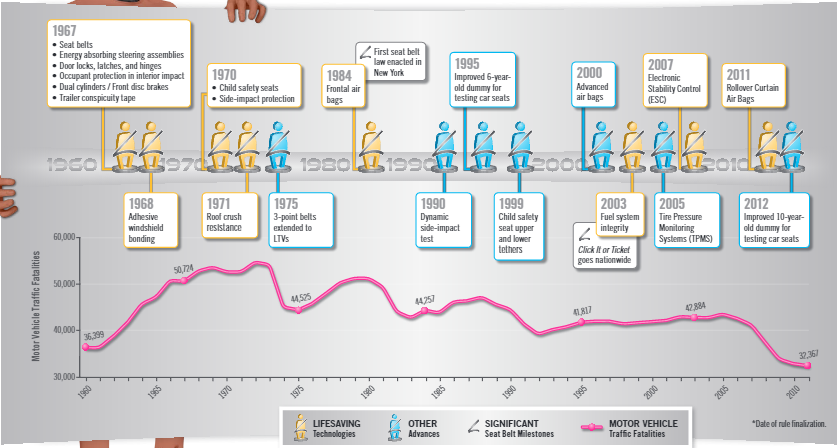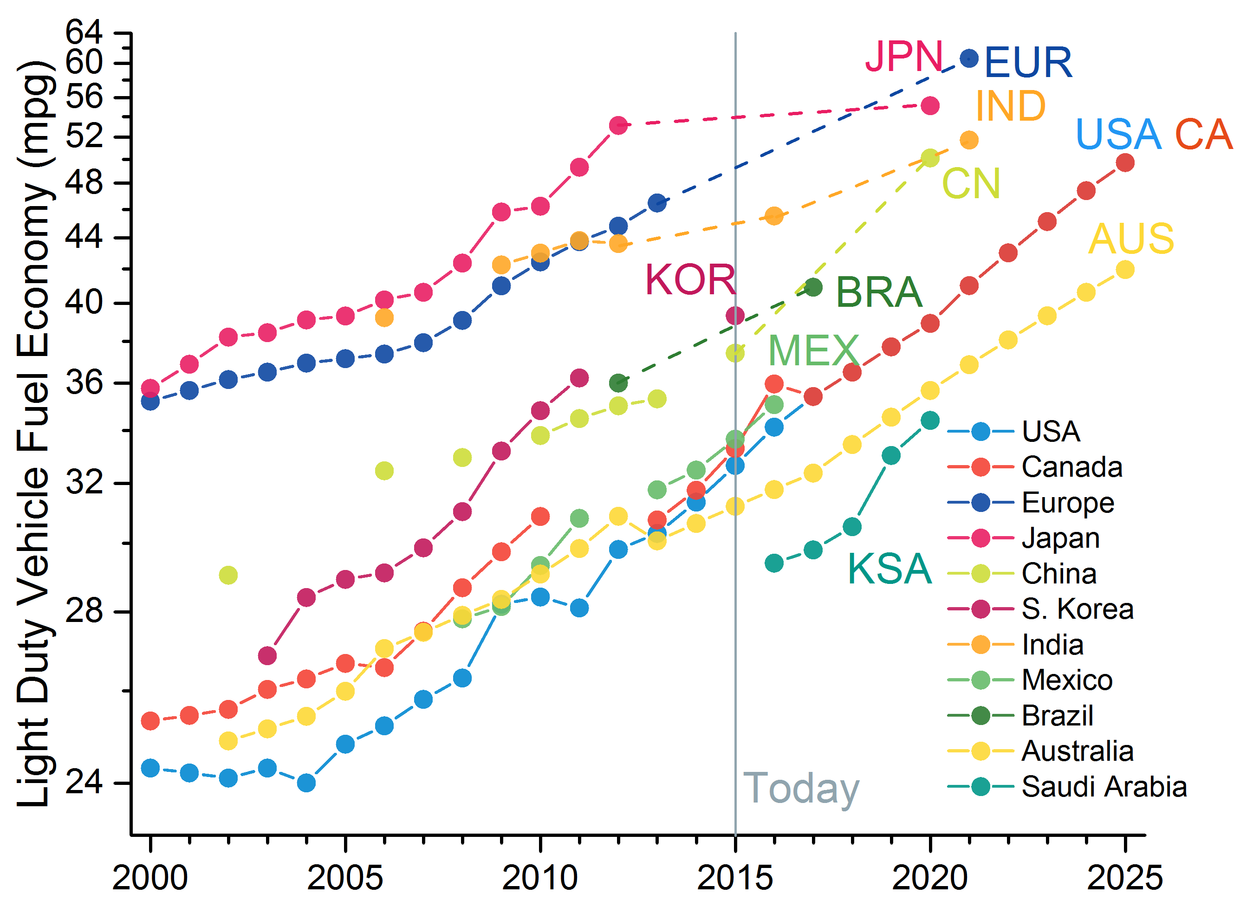Can active safety
be used to lightweight?
Alex Pawlowski
slides.com/alexpawlowski/active-safety-lightweighting-review
CE 595: Intelligent Transportation Systems
1 October 2015
A Focus on ITS Technologies
problem background
-
Passive safety includes technologies
that increase the survivability of the
occupants when in a crash -
Active safety includes technologies
that reduce the likelihood and/or
severity of a crash- Various levels:
- hazard mitigation
- hazard detection
- hazard avoidance
- Various levels:
- If active safety can reduce accidents, do we need as much passive safety elements?
- Corollary: Could vehicle fuel economy
increase with reduction of passive
safety elements?
- Corollary: Could vehicle fuel economy


KEY RELATIONSHIPS
- Passive Safety
- With improved crash structures across the vehicle fleet, all but the smallest vehicles have no statistically significant decrease in crash worthiness from weight reduction
- Active Safety
- Electronic Safety Control (mandatory by 2017) will reduce the fraction of fatalities in rollovers and crashes, shifting accident risk in light trucks
ITS SOLUTIONS IN LIT.
- Infrastructure
- Automated camera-based detection system to warn drivers of oncoming traffic with road-side VMS could reduce a risk of a crash by nearly 30%
Gaps
- Literature in reducing the risk of incidents from active safety systems is separate from research into increasing occupant survivability
- this paper looks to tie those together from the perspective of ITS
- Vehicle weight gain from passive safety elements is not as well quantified or placed in one review
Plan
- Focus of paper has to be on ITS technologies to understand active safety's potential
- Jun commented that an Advanced Warning System could be looked at for light / small vehicle to address enhanced accident severity
- Discussion with Andreas Malikopolous Friday on connected vehicle technologies
- Conversation with IIHS
